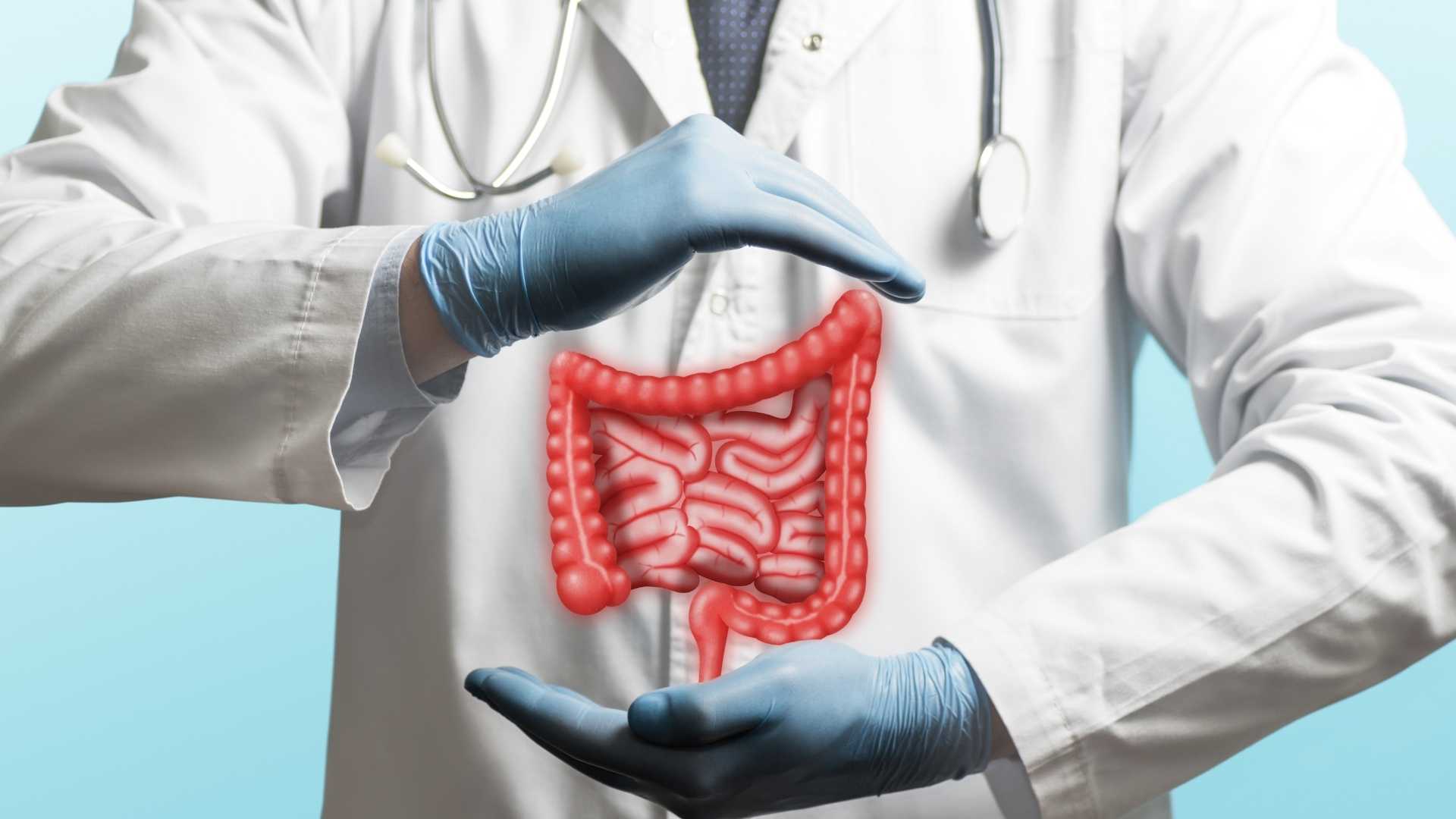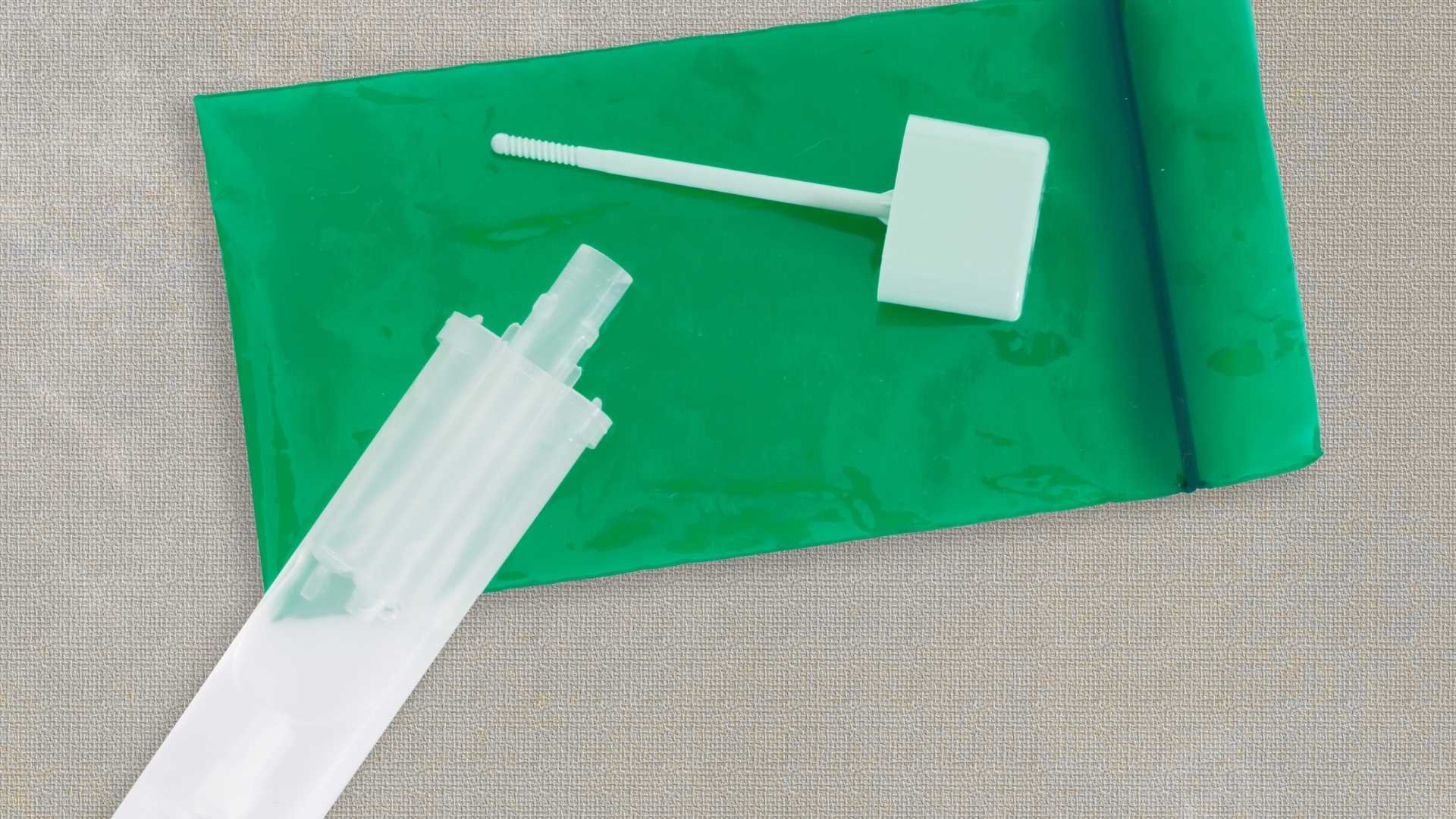
At a Glance
- Bowel cancer (also known as colorectal cancer) is the third most common form of cancer diagnosed in Australia and is the second most deadly after lung cancer
- Each year around 15,206 Australians (293 per week on average) are diagnosed with bowel cancer
- Each year around 5,255 Australians die of bowel cancer (101 per week on average)
- According to Bowel Cancer Australia, the overwhelming majority of bowel cancer cases may be treated successfully if caught early
- Unfortunately only around 50% of bowel cancer is detected early
- The National Bowel Cancer Screening Program is an Australian wide program offering free bowel cancer screening every two years between the ages of 50 and 74
What is Bowel Cancer?
Bowel cancer, also known as colorectal cancer , is the third most common form of cancer diagnosed and is second only to lung cancer as the cause of the most cancer deaths per year in Australia. In 2020, an estimated 15,494 cases of colorectal cancer were diagnosed in Australia, with men making up slightly more than half of those cases. An estimated 5322 people died due to colorectal cancer in 2020, with mortality being close to equal between men and women.
Despite how common colorectal cancer is, and the mortality rate, bowel cancer is remarkably curable if detected early. If detected early, over 90% of all cases of colorectal cancer may be cured.
Colorectal cancer typically affects people later in life. Most cases of colorectal cancer occur after the age of 50. Men typically develop colorectal cancer earlier than women, with the average age of diagnosis of colon cancer being 68 in men and 72 in women. The average age of rectal cancer diagnosis is 63 for both men and women.
Although colorectal cancer most commonly appears in people over the age of 50, around 10% of cases are found in people under the age of 50. This is often referred to as young-onset bowel cancer. Around 1500 younger Australians are diagnosed with bowel cancer each year. Women are slightly more likely to be diagnosed with young-onset bowel cancer - 50.8% female, 49.2% male.
Due to how common colorectal cancer is in Australia, in 2006 the Australian government launched the National Bowel Cancer Screening Program to aid with early detection and reduce mortality.
What is the National Bowel Cancer Screening Program

The National Bowel Screening Program is an Australian government initiative intended to reduce death and illness related to bowel cancer by allowing for widespread early detection. A 2017 study by Cancer Council Australia showed that early detection of bowel cancer may reduce rates of death by between 15% and 25%, and according to the Cancer Institute NSW, if detected early enough, bowel cancer may be successfully treated around 90% of the time.
Unfortunately, despite the wide availability of bowel screening in Australia, only around 40% of eligible people actually take advantage of this service.
As of 2020, the program was expanded allowing all Australians between the ages of 50 and 74 access to a free screening pack every two years. The invitation to take part in the program is automatic, with a test kit being sent to your home within six months from your 50th birthday, and then every two years around the same time until the age of 74.
While the cutoff for the last free bowel screening at 74 may seem arbitrary or cruel, that’s not the case. The cutoff age was determined due to the greatly increased risk of serious complications from follow up testing procedures, such as colonoscopies. People over 74 should consult their GP about any worries they have about bowel cancer.
How Does the Bowel Cancer Screening Program Work?

The home testing kit is sent to your home every two years from the age of 50 to 74. These kits contain all you need to collect two stool (poo) samples in an easy and hygienic way. The test is referred to as an immunochemical faecal occult blood test (FOBT). What this means is that the test looks for the presence of blood in the stool. Positive presence of blood means that additional testing may be required to determine the source of the blood.
As the test looks for the presence of blood in stool, people with bleeding haemorrhoids, who have recently had a colonoscopy, are menstruating should not take the test. People with bleeding haemorrhoids, or find blood in their urine or stool should see their doctor before doing any at home testing.
The kits contain:
- Two toilet liners
- Two collection tubes
- One ziplock bag
- One participant form (that must be filled out so results can be accurately matched)
- One reply paid envelope
The process for testing is simple and does not require any lifestyle or diet changes before testing.
Testing procedure is equally simple. Samples need to be taken from two separate bowel movements. Before collecting a sample there are a few steps that need to be completed.
- Fill in the label on the side of the collection tube with your full name, date of birth and the date upon which the sample is being taken.
- Empty your bladder fully and flush the toilet.
- Place one of the toilet liners over the water in the toilet. The writing on the liner should be facing up.
Once these steps have been completed you can then take a normal bowel movement. The liner will catch the movement, allowing you to take a sample. The process of collection is simple:
- Poo onto the toilet liner.
- Twist the green cap of the collection tube to open it. This will reveal a long, thin stick attached to the cap.
- Scrape the stick over the surface of the stool. Only a tiny sample, smaller than a grain of rice, is needed for testing.
- Put the stick back into the collection tube and fasten the lid by clicking it down.
- Shake the tube several times.
- Flush the toilet - the toilet liner is degradable so can be safely flushed.
- Place the collection tube in the supplied ziplock bag and store it in the fridge (not freezer) until you have taken the second sample and are ready to post.
- Repeat the process the next time you have a poo to collect the second sample.
Once both samples have been collected and safely stored until you can get to the post office, there are only a few remaining steps to follow:
- Ensure that your Participant Details form is filled out.
- Enter your name and address on the back of the reply paid envelope and sign the front of the envelope.
- Place the completed Participant Form and ziplock bag in the reply paid envelope and make sure it is sealed.
- Take the envelope to a post office within 24 hours, or deposit the envelope in an Australia Post mail box in the late afternoon but before 6pm.
A few weeks after your samples have been posted, both yourself and your GP (if one has been nominated in the Participant form) will be sent the results in the mail.
If any abnormalities are detected in the test samples then your doctor will be advised (if you have nominated a doctor in your paperwork) or you will be advised to make an appointment to see your doctor. If you have concerns or questions about bowel cancer, you should make an appointment to see your doctor . The fastest and easiest way to schedule healthcare appointments is to search and book online through MyHealth1st.